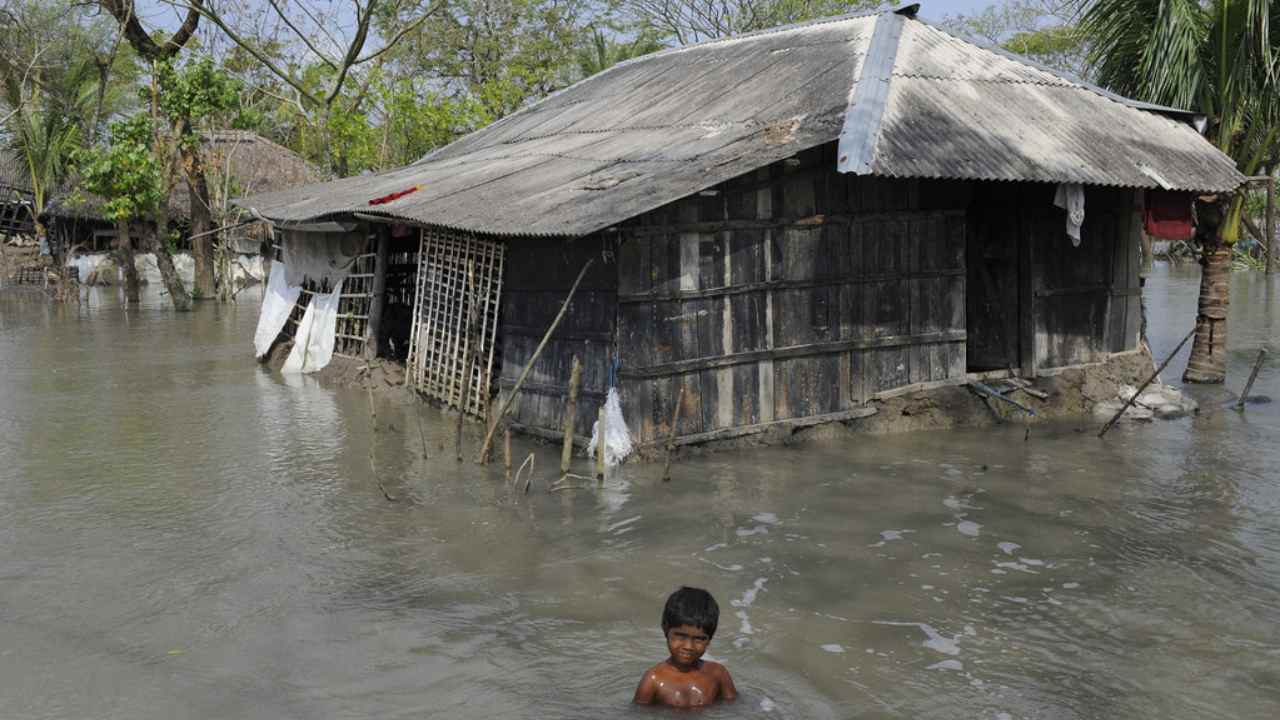A new study warns that the current rate of warming of the Earth from greenhouse gas emissions could push the planet past several “irreversible” climate tipping points by 2030.
The study, published Friday in the journal Science, calls for limiting extreme warming “as much as possible” because the risk of irreversible damage to the planet increases with each tenth of a degree of further warming.
Tim Lenton, director of the university’s Institute for Global Systems, said in a statement: “Our new work provides strong evidence that the world needs to accelerate the decarbonization of the economy, to reduce the risk of climate change.”
According to the researchers, climate tipping points are threshold conditions that, when reached, will cause irreversible damage from climate change.
“These changes may lead to abrupt, irreversible, and dangerous impacts with serious implications for humanity,” scientists warned in the study.
The scientists comprehensively reviewed more than 200 papers published since 2008 and presented an updated assessment of the most important climate tipping points, including temperature range, duration and impacts.
These include the Greenland and West Antarctic ice sheets, the sudden and massive melting of permafrost, and the mass death of tropical coral reefs.
The study found that 16 key systems involved in controlling the planet’s climate – called “tipping elements” – have a “probability” of passing tipping points where their changes become self-sustaining and likely irreversible
It suggested that even if the global temperature stopped rising, once the ice sheet, ocean, or rainforest passed a tipping point, it would carry on changing to a new state.
According to scientists, five of the 16 known tipping points could also be triggered at the current temperature.
They say four of these move from “possible events” to “likely” at a global warming scenario of 1.5C above pre-industrial levels and five more become possible around this level of heating.
“We can see signs of destabilization already in parts of the West Antarctic and Greenland ice sheets, in permafrost regions, the Amazon rainforest, and potentially the Atlantic overturning circulation as well,” study lead author David Armstrong McKay from the University of Exeter says. “The world is already at risk of some tipping points. As global temperatures rise further, more tipping points become possible.”
Scientists warn that limiting warming to less than 2 °C, and preferably 1.5 °C, is not enough to avoid dangerous climate change.
However, he says the chances of crossing the tipping point can be significantly reduced by rapidly reducing greenhouse gas emissions now.
The study estimates that global greenhouse gas emissions should be halved by 2030, reaching net zero by 2050, with a 50% chance of reaching 1.5 °C and thus limiting the risk of tipping points.




























